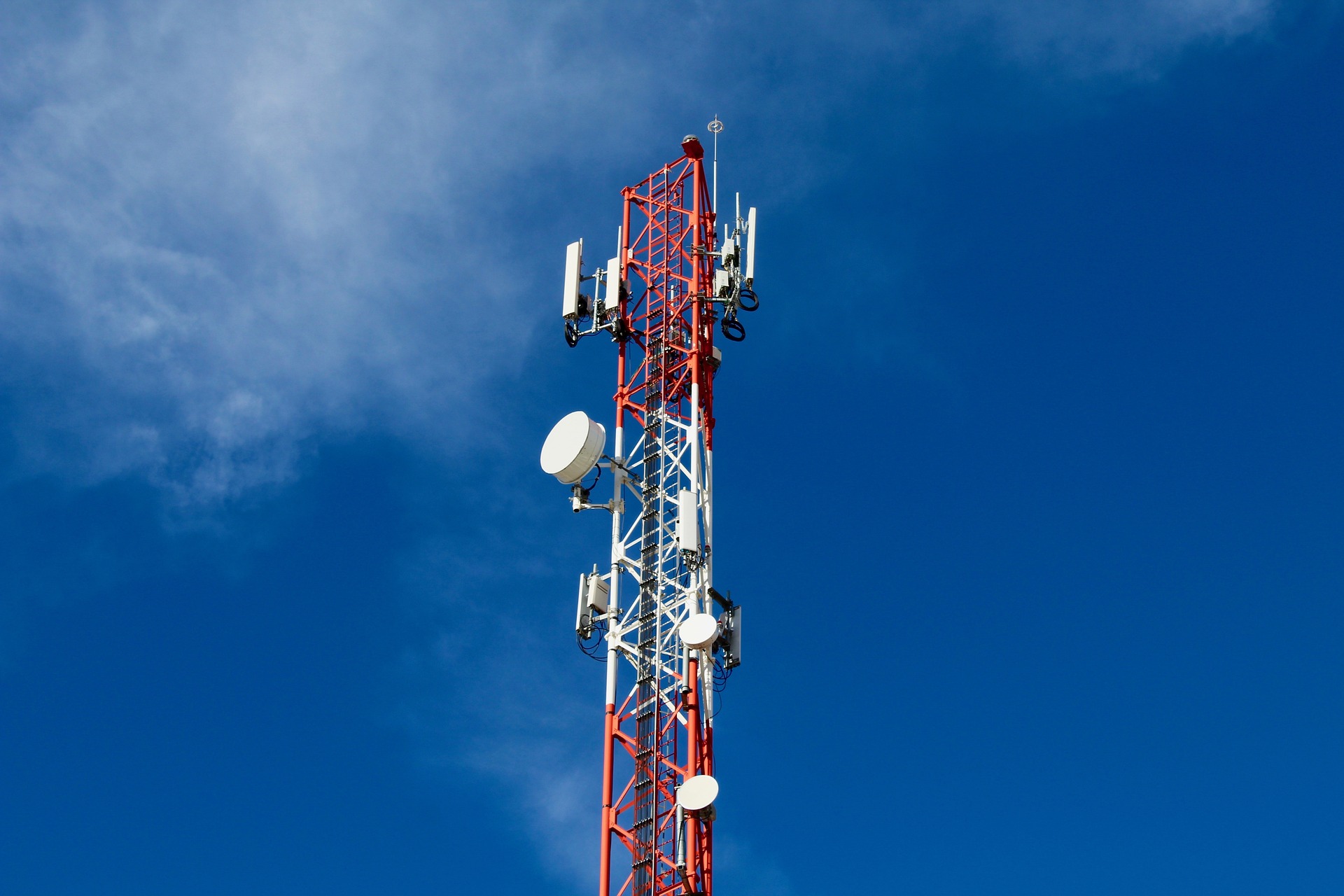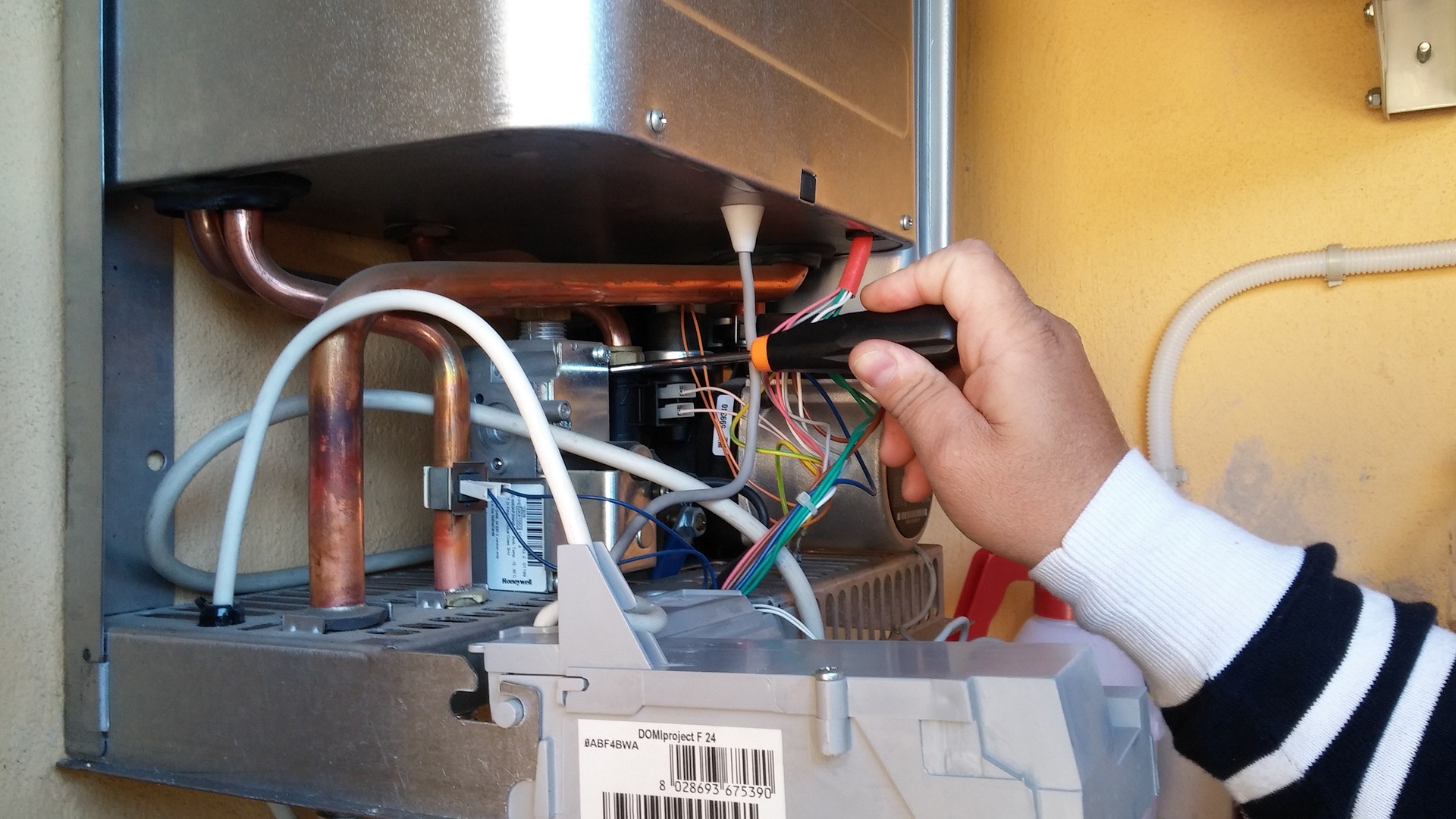Unveiling the Potential of Fixed Wireless Access (FWA): A Modern Connectivity Solution
The dawn of the internet age has brought about a myriad of connectivity solutions, transforming the way we interact, work, and live. Among these solutions is Fixed Wireless Access (FWA), an under-the-radar yet increasingly significant technology that promises to redefine the future of broadband.

A Glimpse into Fixed Wireless Access (FWA)
Fixed Wireless Access, or FWA, is a method of providing internet services using wireless networking technology. The technology, which dates back to the 1990s, employs radio signals to transmit data between multiple fixed locations—such as buildings or towers. Unlike mobile networks that provide connectivity to moving devices, FWA is designed to provide high-speed broadband services to stationary locations.
The Resurgence of FWA
FWA, once overshadowed by wired connections and mobile networks, is experiencing a resurgence. This can be attributed to several factors, like the need for cost-effective connectivity solutions, advancements in wireless technologies, and the increasing demand for high-speed internet. As of 2020, over 50% of global households lacked fixed broadband access, according to the International Telecommunication Union (ITU). FWA presents a potential solution to this challenge.
The Impact of FWA: A Closer Look
The impact of FWA is multi-faceted. Economically, it can reduce the cost of deploying broadband networks, particularly in rural and underserved areas where laying cables is costly. For consumers, it provides an alternative to traditional broadband, often offering comparable speeds at competitive prices.
Additionally, the technology holds promise for businesses. With FWA, companies can quickly set up reliable and high-speed internet connections in remote offices, temporary work sites, or areas with poor wired infrastructure.
The Road Ahead: Challenges and Opportunities
While FWA holds immense promise, it is not without challenges. These include technical issues like signal disruption due to weather conditions or physical obstructions, and regulatory hurdles related to spectrum allocation.
However, with ongoing advancements in wireless technologies and growing industry support, the future of FWA looks promising. As we move towards an increasingly connected world, FWA could play a pivotal role in shaping the future of internet connectivity.
In conclusion, as the world navigates the complexities of digital connectivity, FWA emerges as a compelling solution. With its potential to deliver high-speed internet in a cost-effective and flexible manner, it could be the key to unlocking a new era of digital empowerment. As with any technology, its success will depend on how well it can navigate the challenges ahead and capitalize on the opportunities it presents. For now, one thing is clear: FWA is more than just an alternative—it could be a game-changer.




